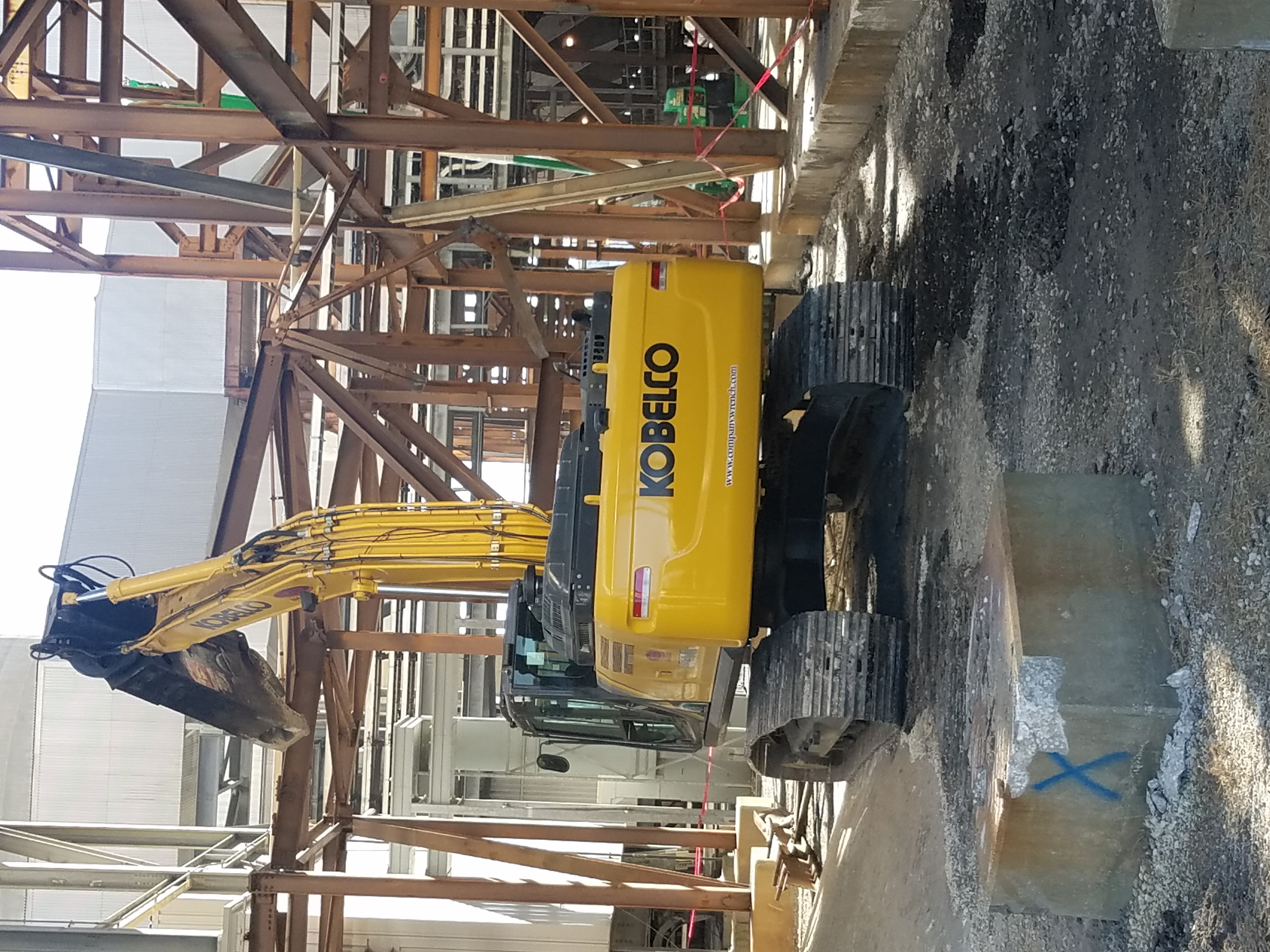
Hazardous Material Abatement
Hazardous Material Abatement refers to the process of identification, removal, repair, and encapsulation of materials or products in a structure to eliminate the risk of exposure to toxic contaminants. This process is essential for ensuring the safety of occupants and the environment.
Common Hazardous Materials
- Asbestos: Once popular in construction for its fire-resistant properties, it's now known to cause respiratory diseases.
- Lead: Often found in old paint and pipes, lead exposure can lead to a variety of health issues.
- Mold: Can lead to respiratory problems and other health risks when present in large quantities.
- Mercury: A heavy metal found in some older appliances and products.
- PCBs (Polychlorinated Biphenyls): Once used in electronic equipment, they are now banned due to their environmental impact and potential health risks.
Key Steps in Abatement
- Assessment: A comprehensive inspection to identify the presence and extent of hazardous materials.
- Planning: Developing a strategy for safe and effective removal or containment.
- Containment: Sealing off the affected area to prevent the spread of contaminants during the abatement process.
- Removal or Treatment: Safely eliminating or treating the hazardous material.
- Disposal: Properly discarding the hazardous waste in compliance with local regulations.
- Verification: Ensuring the complete removal and safety of the area post-abatement.
Importance of Hazardous Material Abatement
- Health and Safety: Protects occupants, workers, and the community from potential health risks.
- Environmental Protection: Prevents the release of harmful substances into the environment.
- Regulatory Compliance: Ensures adherence to local and national safety and environmental standards.
- Property Value: Abated properties can see an increase in value due to reduced health risks.
In conclusion, hazardous material abatement is crucial for the health and safety of both individuals and the environment. Proper procedures and practices ensure that dangers associated with hazardous materials are effectively mitigated.